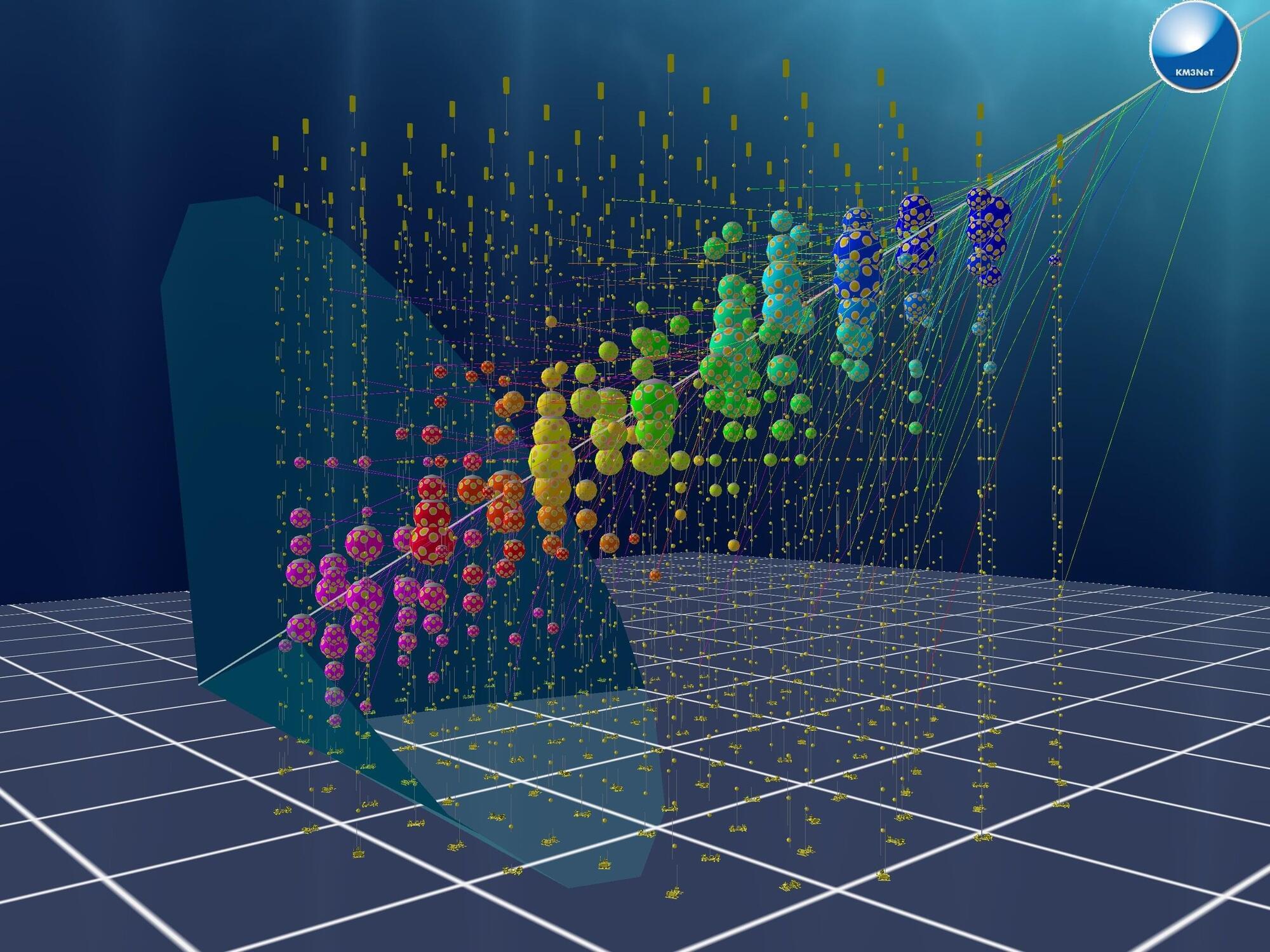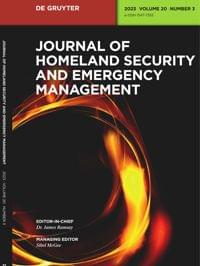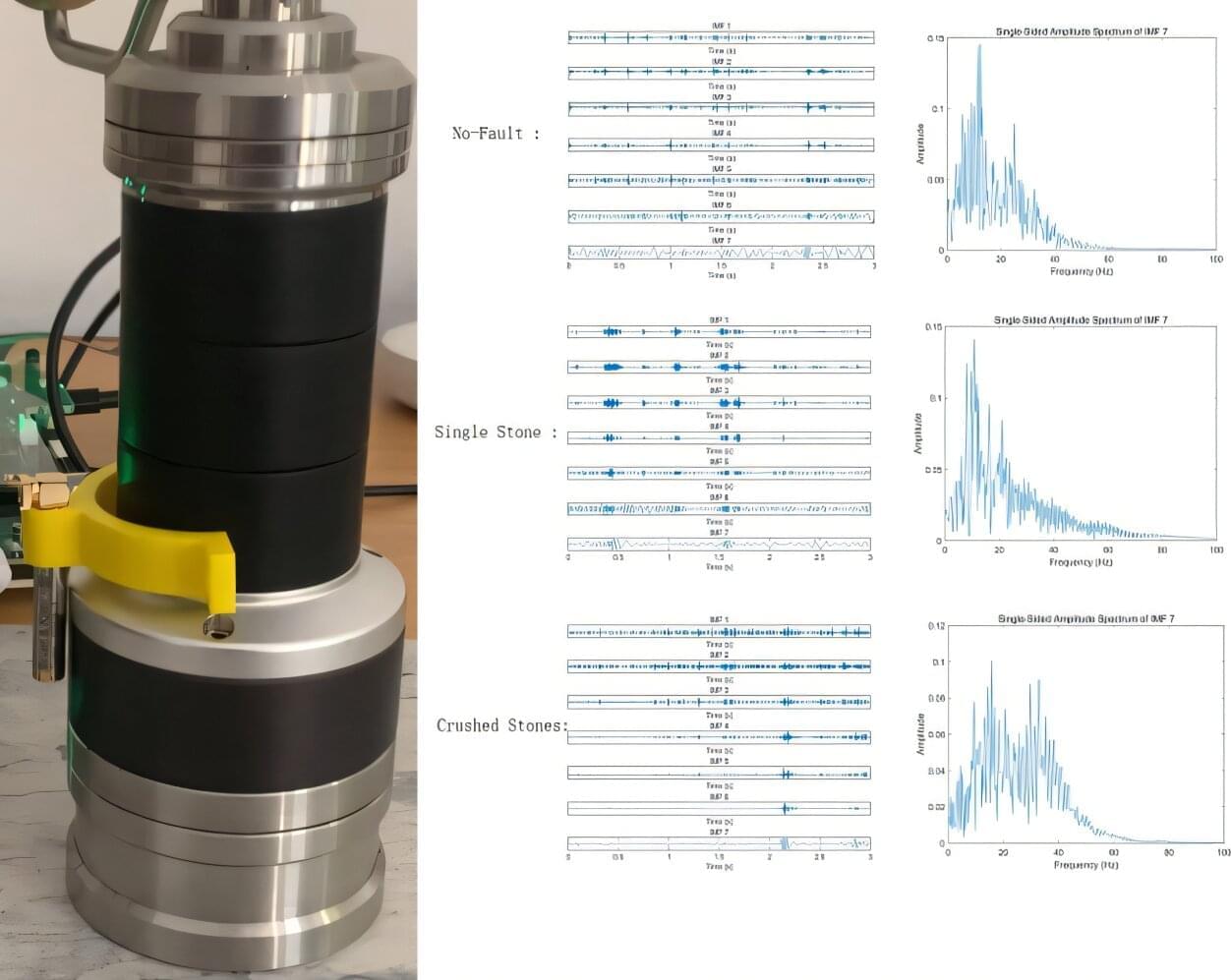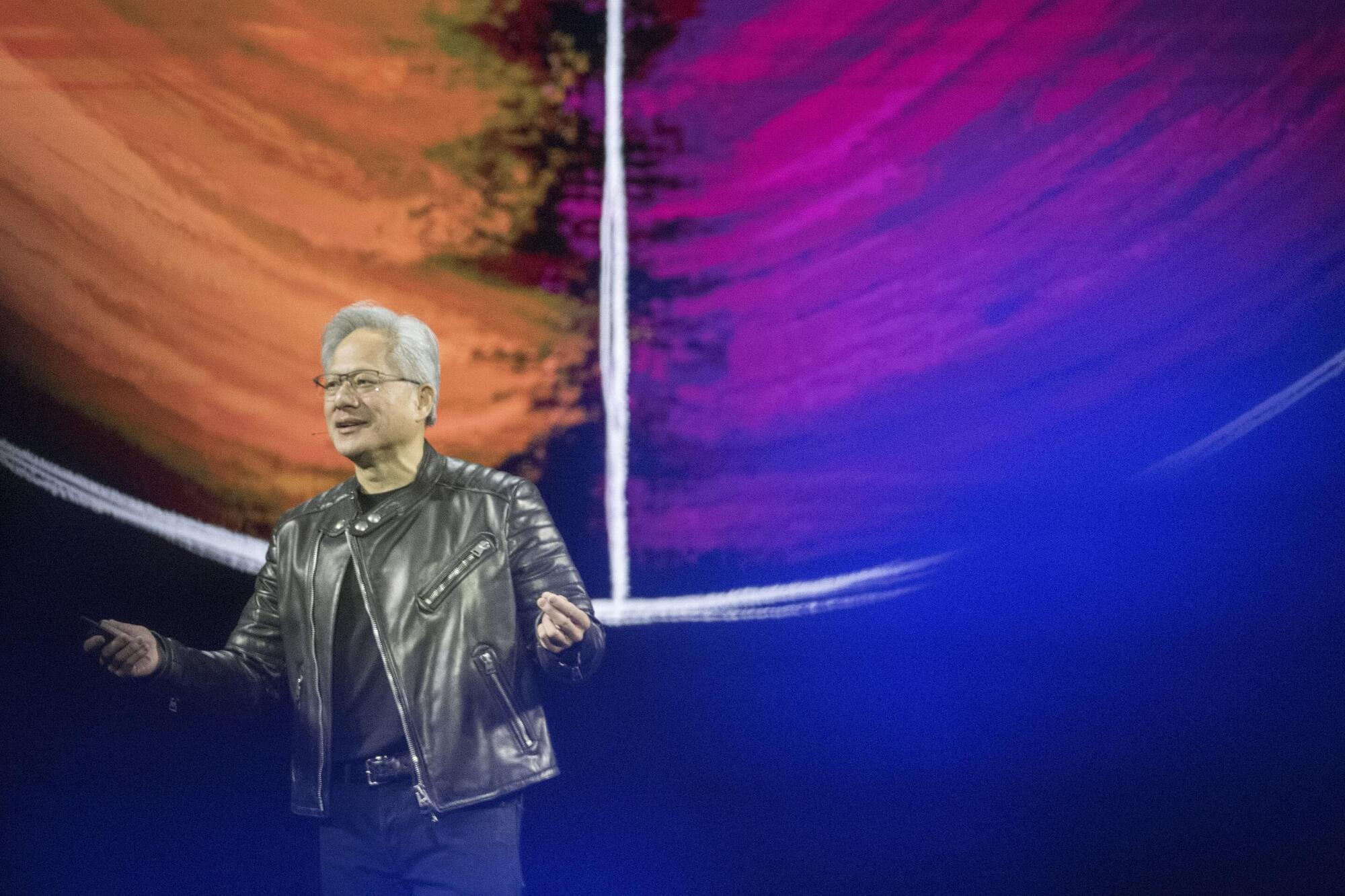Quantum gravity is the missing link between general relativity and quantum mechanics, the yet-to-be-discovered key to a unified theory capable of explaining both the infinitely large and the infinitely small. The solution to this puzzle might lie in the humble neutrino, an elementary particle with no electric charge and almost invisible, as it rarely interacts with matter, passing through everything on our planet without consequences.
For this very reason, neutrinos are difficult to detect. However, in rare cases, a neutrino can interact, for example, with water molecules at the bottom of the sea. The particles emitted in this interaction produce a “blue glow” known as Čerenkov radiation, detectable by instruments such as KM3NeT.
The KM3NeT (Kilometer Cube Neutrino Telescope) is a large underwater observatory designed to detect neutrinos through their interactions in water. It is divided into two detectors, one of which, ORCA (Oscillation Research with Cosmics in the Abyss), was used for this research. It is located off the coast of Toulon, France, at a depth of approximately 2,450 meters.







